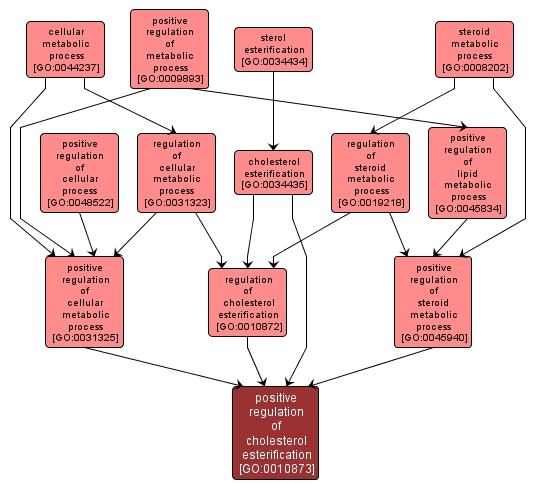| Desc: |
Any process that increases the frequency, rate or extent of cholesterol esterification. Cholesterol esterification is the lipid modification process in which a sterol ester is formed by the combination of a carboxylic acid (often a fatty acid) and cholesterol. In the blood this process is associated with the conversion of free cholesterol into cholesteryl ester, which is then sequestered into the core of a lipoprotein particle. |














